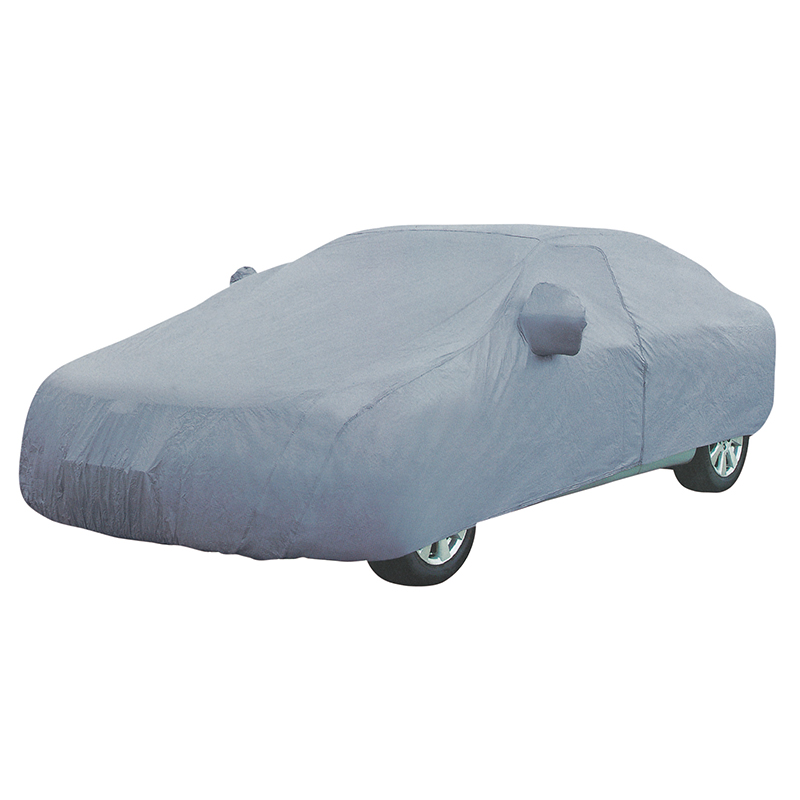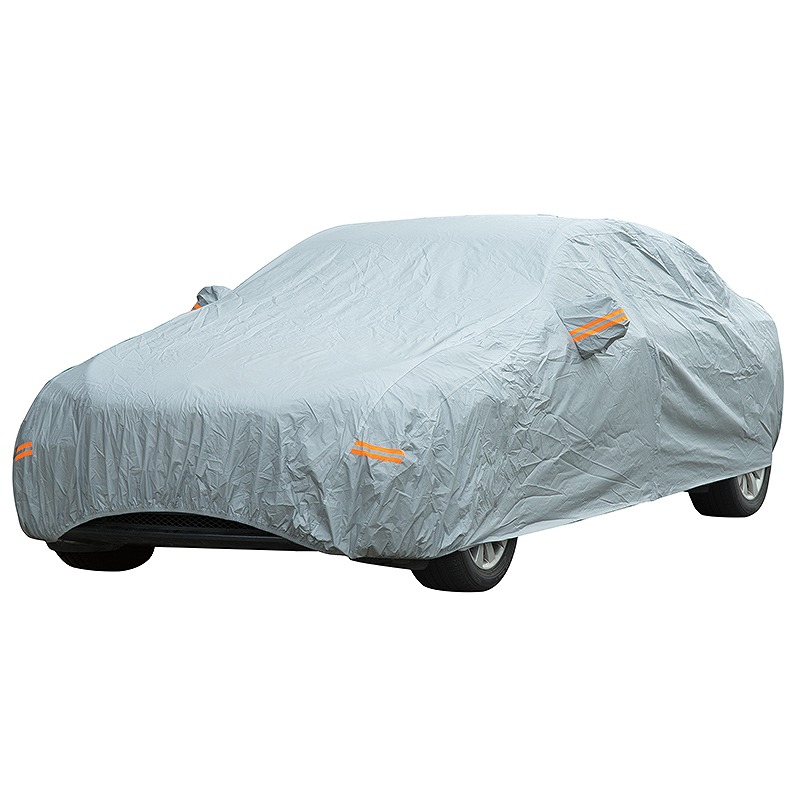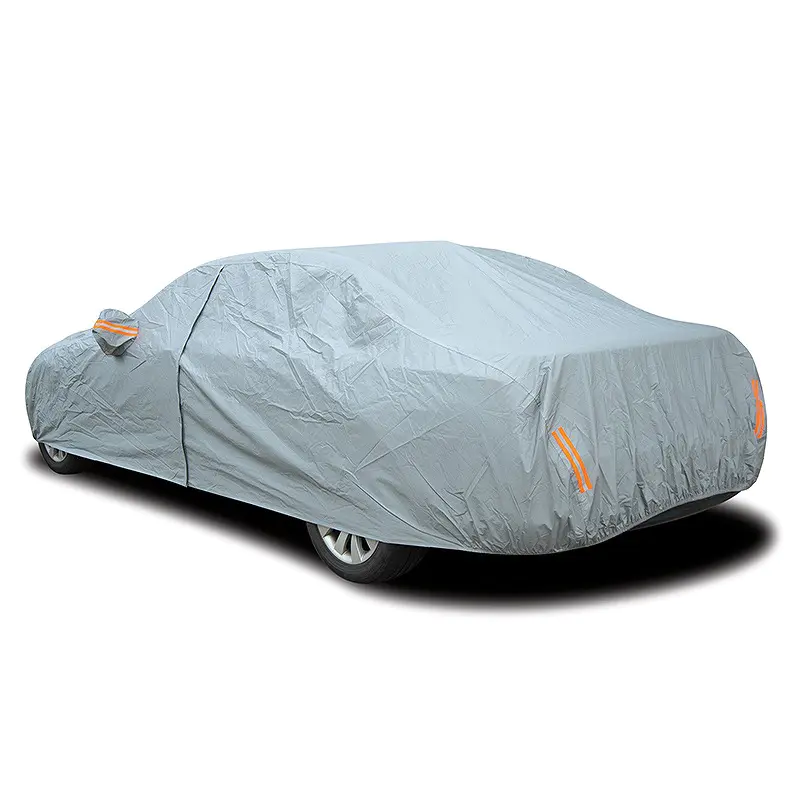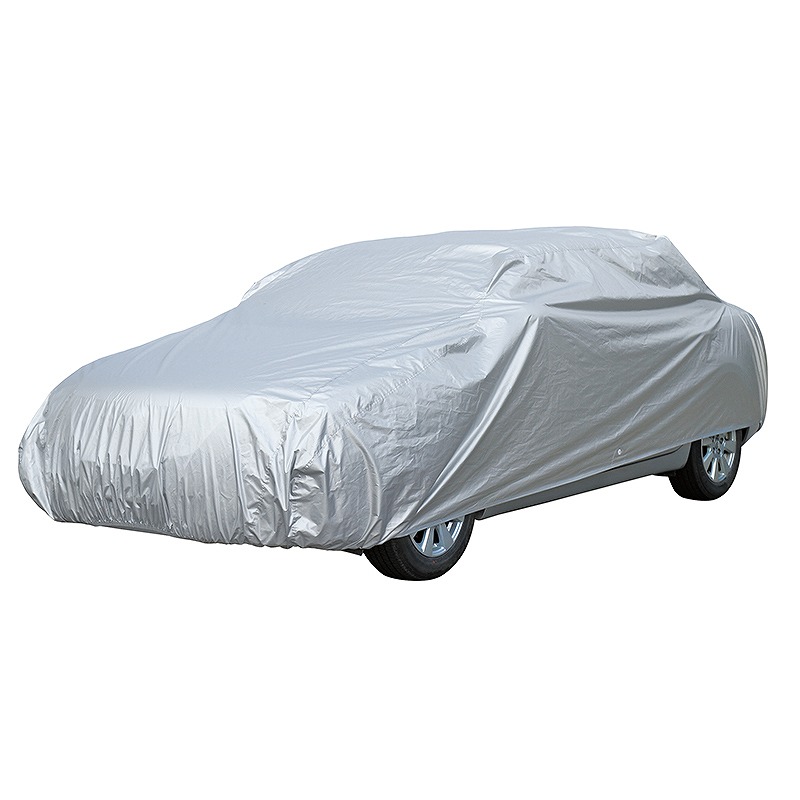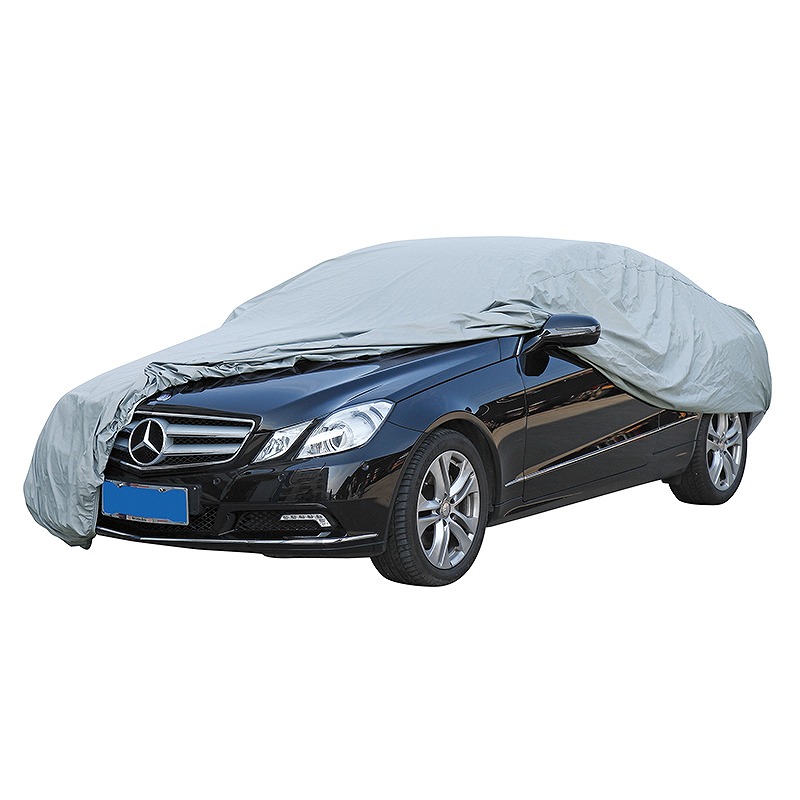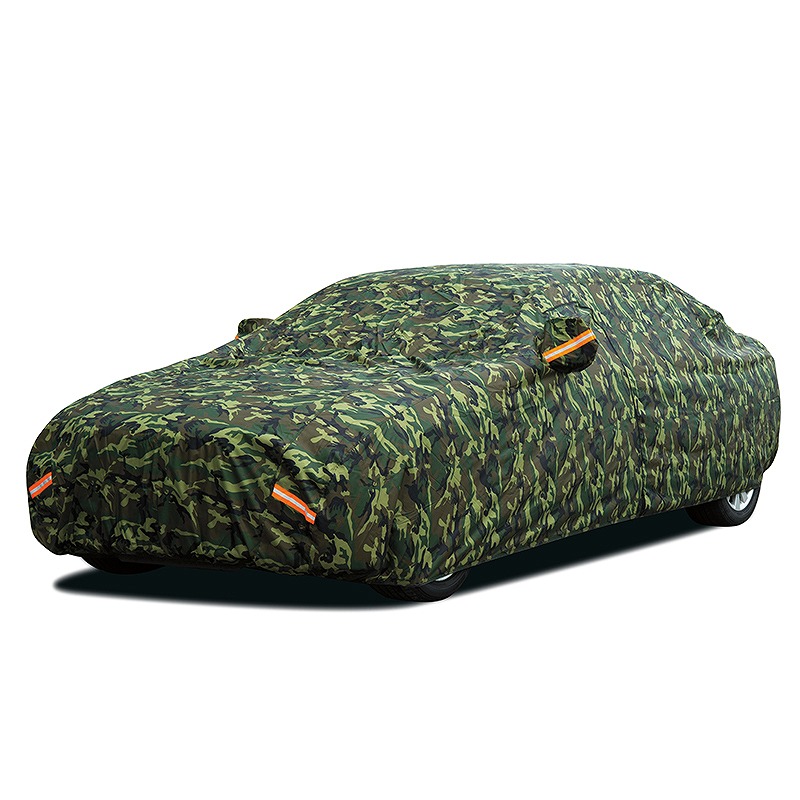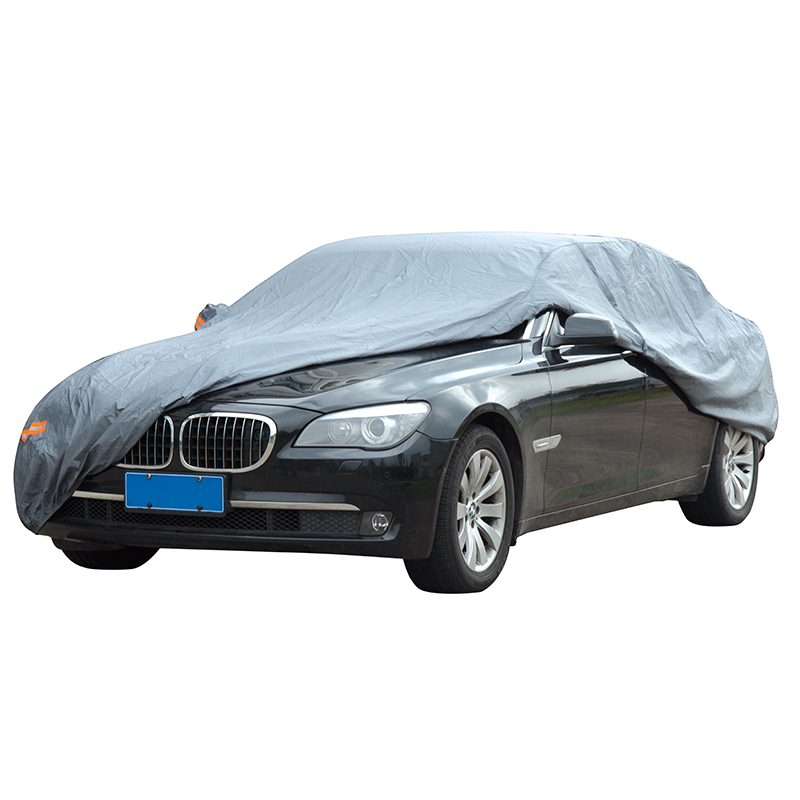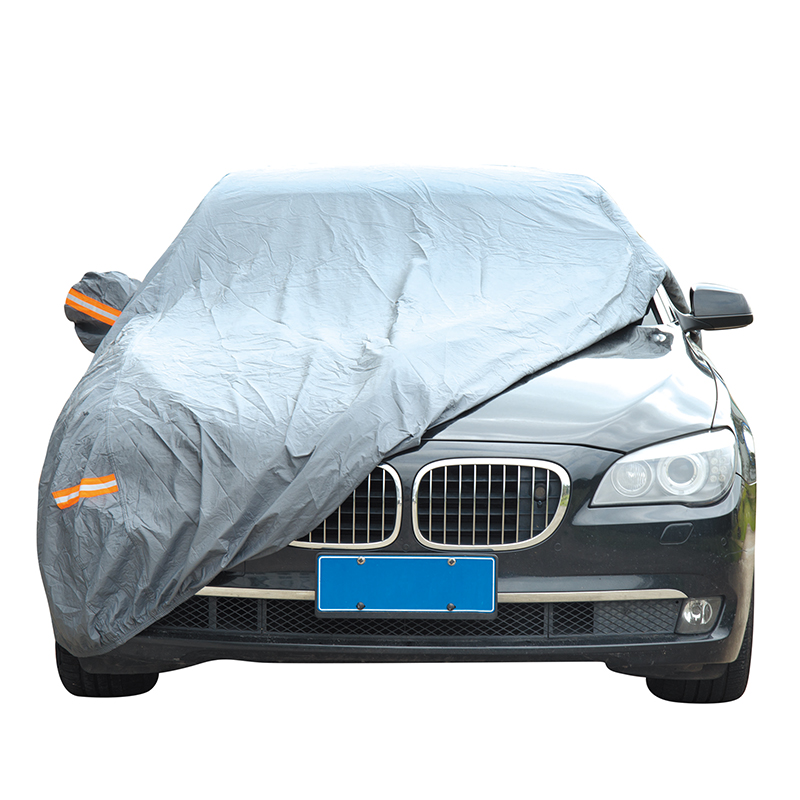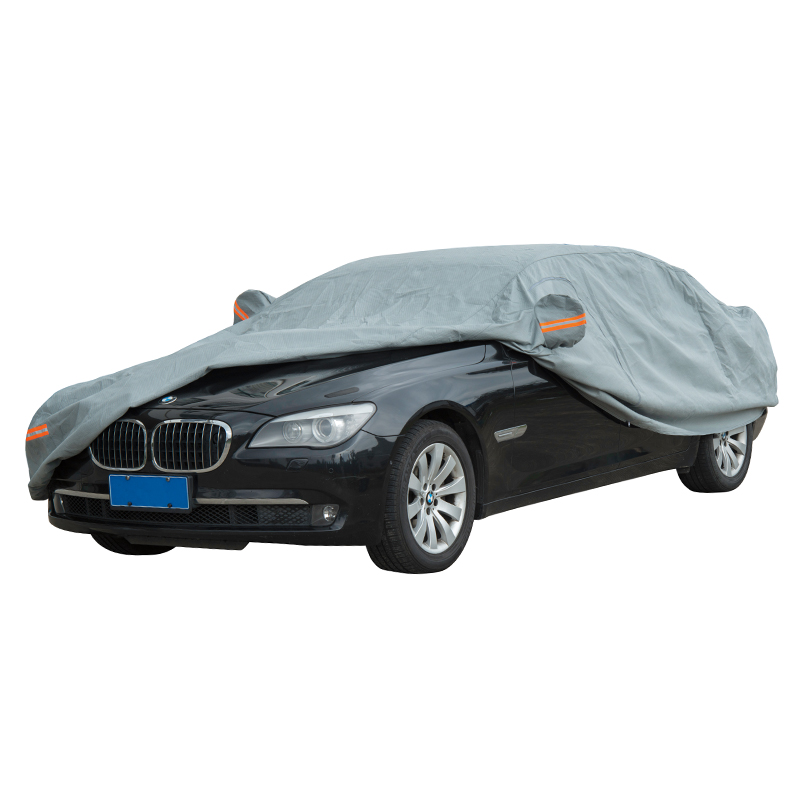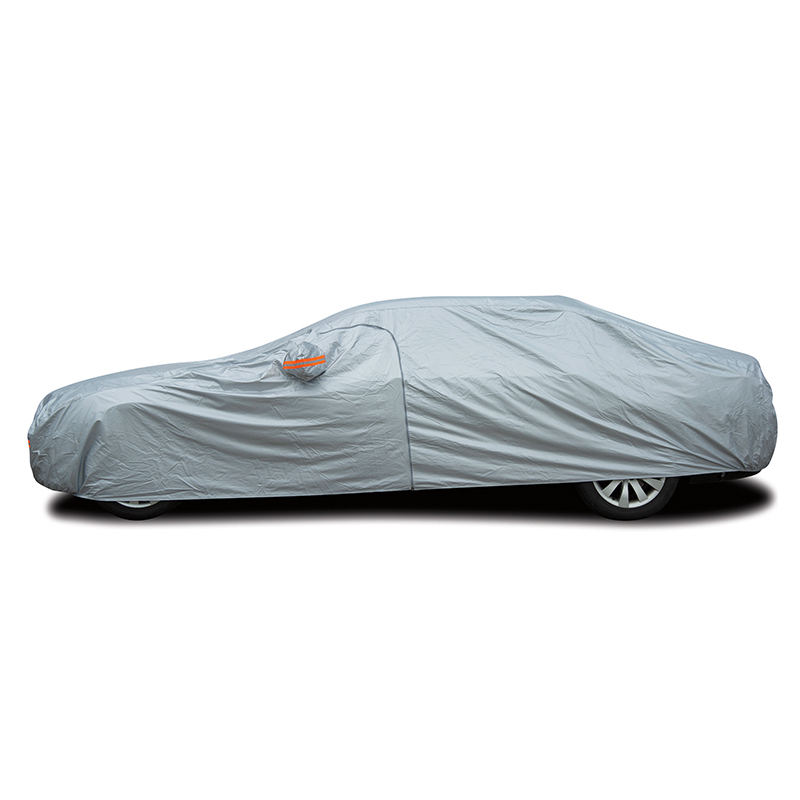Car Covers and Seat Belt Pads serve as essential companions for vehicle owners, combining protective functionality with everyday comfort. Car covers act as a tailored shield for a vehicle’s exterior, while seat belt pads offer a gentle layer of cushioning during rides. Together, they address core needs—preserving a vehicle’s condition and enhancing the driving experience—making them valuable additions for anyone who values their car and the comfort of its occupants.
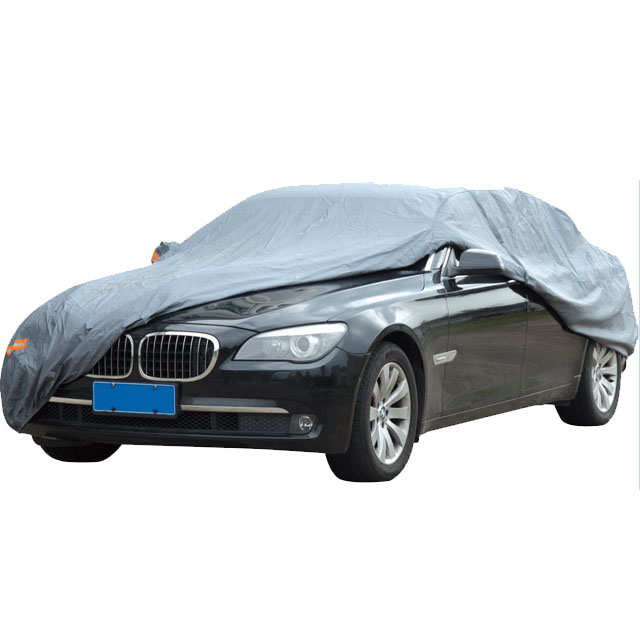
Protective Layers and Features of Car Covers
Car Covers are designed to act as a barrier against a range of environmental elements, with layered constructions that target specific threats. Outdoor models often feature a three-layer structure: an outer layer of water-resistant polyester to repel rain, snow, and sleet; a middle layer of breathable mesh that allows moisture to escape, preventing trapped condensation; and an inner layer of soft microfiber that safeguards paint from scratches caused by wind-blown debris. This combination ensures protection without compromising the vehicle’s finish.
For areas with intense sunlight, some car covers include UV-inhibiting treatments in their fabric. These treatments slow the fading of paint and prevent dashboard materials from cracking due to prolonged exposure to UV rays—a common concern for vehicles parked outdoors in warm climates. Indoor covers, meanwhile, prioritize dust resistance, using tightly woven fabrics like polypropylene to trap particles that might otherwise settle on the vehicle’s surface and scratch it during cleaning.
Fit is a key aspect of their protective role. Many car covers come with elasticized hems that hug the vehicle’s lower edges, preventing wind from lifting the cover and reducing the risk of abrasion. Some models include reinforced grommets along the bottom, allowing users to secure the cover with a cable and lock to deter theft—a practical feature for those who park in public areas. Mirror pockets and antenna openings are also common, ensuring the cover fits snugly without stretching or tearing around these protrusions.
Comfort Design and Function of Seat Belt Pads
Seat Belt Pads are engineered to transform the feel of seat belts, turning a necessary safety feature into a more comfortable part of the driving experience. Their core design revolves around cushioning materials that soften the contact between the rigid seat belt webbing and the body. Memory foam is a popular choice, as it conforms to the shape of the shoulder and distributes pressure evenly, reducing the digging sensation that can occur during long drives.
Other materials cater to specific needs: fleece-lined pads add warmth in cold weather, while neoprene options resist moisture, making them suitable for use in convertibles or after exercise. The pads typically measure 20 to 30 centimeters in length, covering the section of the seat belt that rests against the shoulder and collarbone.
Attachment mechanisms are designed for ease and security. Some feature elastic loops that slide over the belt, ensuring a secure fit that doesn’t shift during sudden stops or turns. This stability is crucial, as a pad that slides out of place can become a distraction or reduce its effectiveness.
Practical Applications for Diverse Users
Car Covers prove their worth across various scenarios, adapting to different lifestyles and environments. For commuters who park on the street, an outdoor cover protects against bird droppings, tree sap, and road salt—substances that can damage paint if left untreated. It also reduces the need for frequent washing, saving time and money. Classic car enthusiasts often use indoor covers to preserve their vehicles during storage, keeping dust and pests at bay while maintaining a polished appearance.
In coastal regions, car covers with corrosion-resistant fabrics help shield against salt spray, which can accelerate rust on metal parts like door handles and undercarriages. For those living in areas with heavy pollen or falling leaves, a cover simplifies maintenance by preventing these materials from clogging windshield wipers or accumulating in wheel wells.
Seat Belt Pads cater to a range of users, from parents to long-distance drivers. Parents of young children find them useful for making seat belts more tolerable for kids, who often resist wearing them due to discomfort. Elderly passengers or individuals with sensitive skin appreciate the gentle padding.Truck drivers, delivery personnel, and others who spend hours behind the wheel benefit from reduced shoulder fatigue, making long shifts more manageable.
Care and Durability Tips
Maintaining Car Covers ensures they remain effective over time. Outdoor covers should be cleaned every 2–3 months to remove dirt and grime that can degrade the fabric. It’s important to shake off debris like leaves or twigs before washing to avoid scratching the fabric during the cycle. Indoor covers can be vacuumed regularly to remove dust or spot-cleaned with a damp cloth.
Seat Belt Pads require minimal upkeep. For Velcro-attached pads, cleaning the hook side periodically to remove lint ensures a secure grip on the seat belt. Air-drying is recommended to prevent shrinkage, especially for fleece or cotton materials.
With proper care, both car covers and seat belt pads maintain their functionality, providing long-term protection and comfort for vehicle owners.
Car Covers and Seat Belt Pads may serve different purposes, but their shared focus on practicality makes them indispensable for enhancing both a vehicle’s longevity and the comfort of its passengers. Their ability to adapt to diverse needs ensures they remain relevant for drivers in any situation.

 English
English 中文简体
中文简体 русский
русский Español
Español Deutsch
Deutsch عربى
عربى